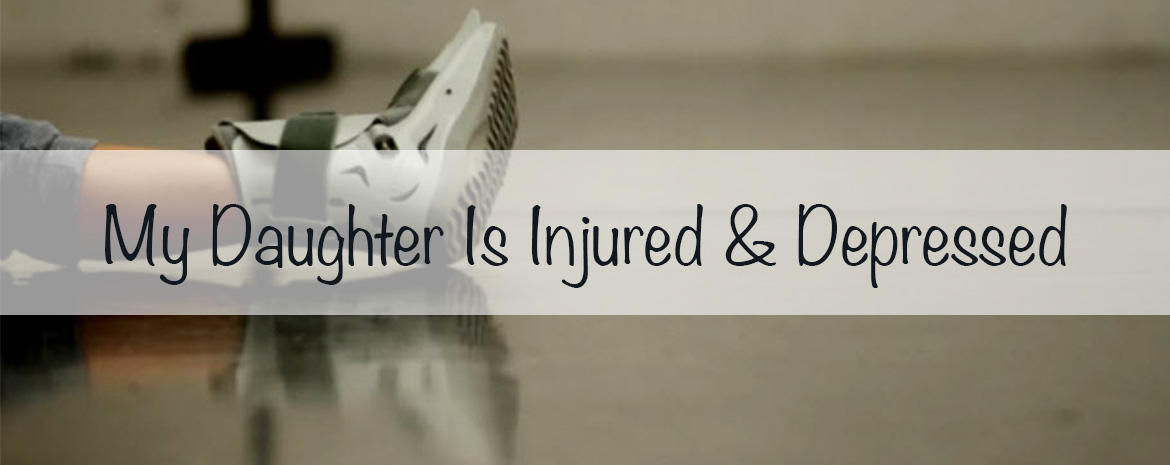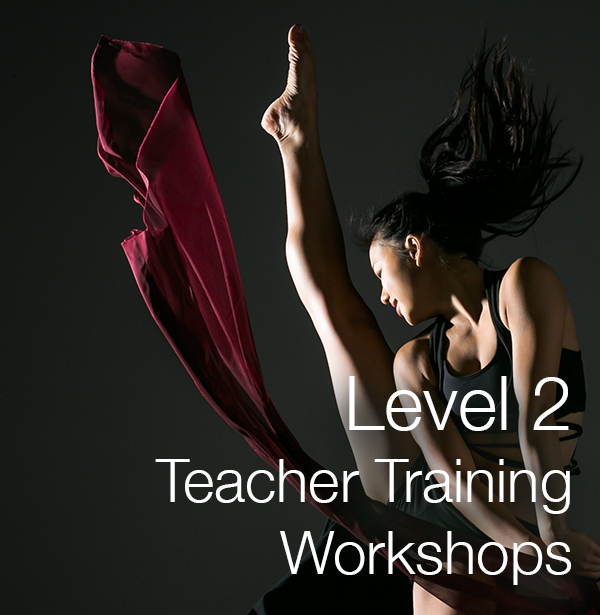My daughter has been injured and been on reduced hours of dancing for several months. She is devastated and feels that she will never catch up to her friends again. How do I help her to not be so depressed?
This is a really common situation, and during a serious injury is one time when many girls get very despondent and can lose their love of dance. However there are lots of things that she can do while not dancing to her full capacity that can speed up her recovery, and will often make her a better dancer after she returns. Knowing this may help keep her spirits up, and induce a healthy interest in learning about her own body. Tools that she can use may include:
• Visualisation
• Watching class
• Watching Videos of professional dancers
• Physical Therapy
• Pilates and specific exercise retraining
• Massage
One of the first things a lot of people violate both during regular training and especially during injury is valuing the impact of psychological training. Several studies have shown that mental rehearsal is as effective if not more so than physical training, and this can be used to great advantage in rehabilitating the injured dancer. It may be very beneficial to discuss this aspect with both your daughters Physical Therapist and also her Dance Teacher for effective integration into her rehabilitation program. Visualization of the correct movement in any sport can result in training of the neurological memory of that movement. Our brain actually finds it difficult to discern between a true memory and visualization, so we can use this to our advantage. For example; one study was conducted using a group of basketball players shooting hoops. Initially they were all tested with free throws. Then, one group did nothing, one group practiced physically shooting hoops and one group did pure visualization training of successfully shooting hoops. This was continued for three weeks of ‘training’. In the results, the group that did nothing had no improvement, and the group that did purely mental rehearsal of the activity had only slightly less improvement than the group that practiced physically shooting hoops.
If your daughter can not do her regular class, introduce her to the concept of spending that same time visualizing the steps instead. She will retain the knowledge of the repertoire, and by visualizing the correct technique and form, may actually give her an edge over the other students when she returns to class as she has been ‘practicing’ with perfect technique. When she gets back to full training, she can do the physical training combined with the visualization and catch up in no time.
This technique helps bring the power back to the dancer, as opposed to this depression about not being able to do the physical act of dance. Ask her if she can visualize each step clearly and succinctly, and ‘feel’ the movement in her muscles (without moving areas that are injured too much). If she can visualize the injured part being healthy, this can actually accelerate the recovery by keeping the neuromuscular pathways that carry the message from the brain to those muscles active. Watching class can teach a dancer so much about the importance of technique, and all of the corrections a teacher gives in class. I remember being astounded when watching class, out with a major leg injury, at ho4w students seemed to ignore corrections from the teacher. I remember thinking how frustrating for the teacher not getting a response, when until then, I had just thought that she was nagging, and that we were all fine. This also helps to keep the knowledge of the choreography engrained in the dancers’ memory.
Watching videos, DVDs or clips of famous dancers on www.youtube.com can actually be beneficial to the young and injured dancer if used in the right way. Get your daughter to watch a variation, and then close her eyes and visualize herself doing that same piece. Often in our mind we can dance far more beautifully than we have previously, and the flow on effect from this can be extraordinary, especially in terms of performance and dramatization skills. Get her to comment on the quality of the dance, not just the tricks, and see what factors she is drawn to in watching others dance. This gives a good area to work on while physically she may not be able to do as much as normal.
Finding a good Physical Therapist is essential to a quick and productive recovery, and ideally choose one that has personal experience with dance. Movement and technique reeducation is important in the rehabilitation of any injury, but the dancer needs this more than most. As a dancer performs movements repetitively and pushes her body to the extreme, it is essential that technique is corrected at a base level, and that your daughter understands the anatomy and principles behind why her injury has actually happened. Inclusion of Pilates based exercise rehabilitation can also be invaluable to returning the dancer to full strength, and should ideally even improve her beyond where she was before the injury. Many therapists will now include this in her Physical Therapy program, or direct you to a good studio that works with dancers.
Obviously if none of the above has happened, and the depression of injury has started to set in, your daughter may need some special treatment. Ask her dance teacher or therapist to give her a special tip that may not have been given to the other girls on how she can accelerate her training. Let her know that if you haven’t improved after 3 weeks, she can be as depressed as she wants! But until then, she can’t be, and if there is improvement, she is going to keep doing it.



